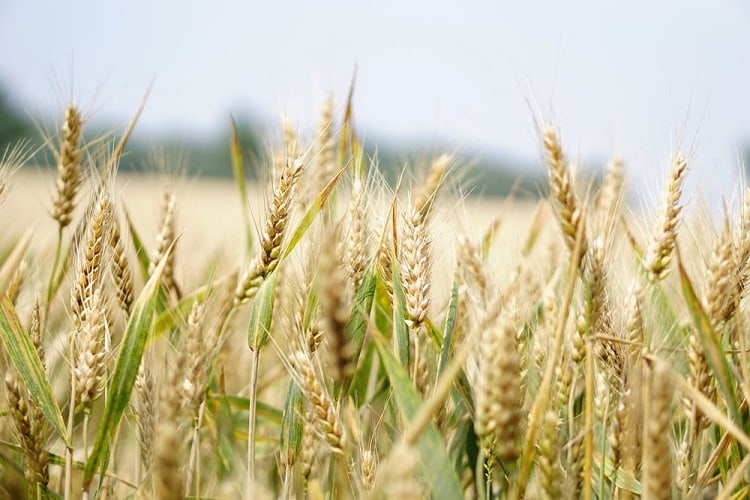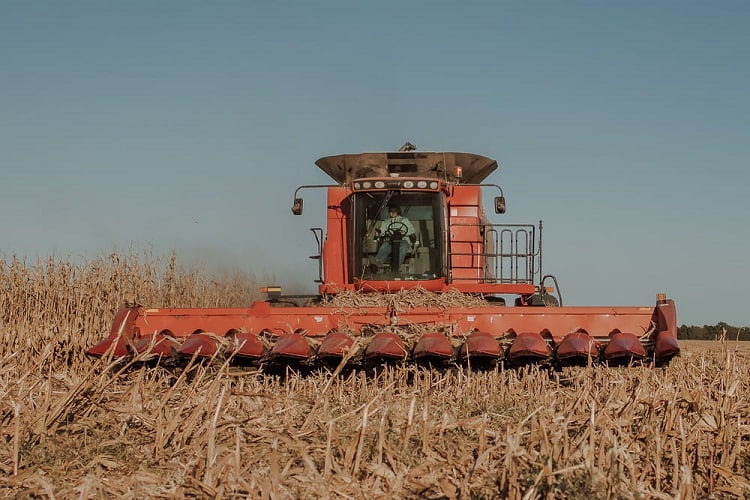If you’ve ever purchased a bag of corn seed, you may have noticed a yellow substance surrounding the seeds—this is called “corn seed treatment.” If you’re not sure what it is or why it’s there, then this is the article for you.
Contents
What is corn seed treatment?
Seed treatment is a solution applied to seeds in order to help protect them from damage caused by soil-borne fungus and insects in an effort to improve seed germination and crop establishment. The most common types of seed corn treatments include neonicotinoids, pyrethroids, organophosphates, and carbamates.

However, the benefits of using such products must be weighed against their risks — for example, certain pesticides may adversely impact pollinators like bees, therefore if you live or spend time near an apiary, please take care when using any type of pesticides. If you want to learn more on corn seed treatments, click here and get some new information. This will give you a better understanding of what corn seed treatment is and why it’s important.
Is it safe to plant treated seeds?
Most products used for corn seed treatment are designed to break down quickly after they’re applied, so even if you purchase a treated seed variety, there’s not much of a risk that will negatively impact pollinators like bees. However, it’s essential to be careful when planting treated seeds near an apiary or flowering plants, as some varieties may include more harmful chemicals than others.
Additionally, some companies sell untreated corn seed; however, these varieties tend to cost more and may not come with the same guarantees as treated varieties (e.g., germination rates). Over the past decade, there’s been a significant shift in the types of insecticides used for corn seed treatment, this is largely due to concerns about honey bees dying off in droves.
For example, neonicotinoids are typically used in combination with fungicides, while pyrethroids and organophosphates were previously favored for seed treatment. While these chemicals can still be harmful to pollinators if exposed, they’re less likely to negatively impact them when applied directly to seeds.
What factors should I consider before purchasing corn seed?
If you’ve decided that you’d like to plant treated corn seeds, then there are several factors that will help determine whether certain varieties are right for your location/soil conditions. These include soil type, cropping history, and region. Some areas receive more rainfall than others, which will impact the availability of water.
Depending on where you live, different varieties may be better suited to your condition. For example, if you live in an area with particularly sandy soil, it’s important that you use a seed variety that contains added calcium or is fortified with mycorrhizae (a beneficial fungus that helps protect plants against potentially harmful pathogens), whereas in dryer regions like the western U.S., it’s crucial to use corn seeds designed for these very conditions.
Treated Seeds: What’s the Benefit?
While it’s true that organic corn seed is more likely to contain fewer chemicals than their treated counterparts, they often cost more and may not be as effective. For example, untreated seeds are typically used in areas with few insect or disease problems, whereas certain varieties of treated seeds may repel insects like rootworms even if the surrounding soil remains largely untouched by these issues.
Additionally, treated corn seed is gentler on pollinators compared to untreated varieties. For example, neonicotinoids are applied directly onto the seeds, which reduces the risks associated with pesticide exposure.
What other risks do treated seeds pose for pollinators?
It’s important to remember that not all corn seed treatments are created equally; while neonicotinoids and pyrethroids may be less toxic than organophosphates or carbamates, they can still cause serious harm if consumed by an insect. However, these chemicals are designed to break down quickly after they’re applied, usually within a few weeks, which drastically reduces the risk of bee exposure.
It’s also significant to remember that while certain varieties of treated corn seeds may be better suited for your region than untreated ones, this doesn’t guarantee you’ll plant a successful crop. For example, if the weather proves consistently too wet or dry during the growing season (especially if this occurs in hot or cold regions respectively), then even the best-suited seed treatment won’t help your plants survive these conditions.
How do treated seeds impact soil health?
Because there are several types of treatments available, it’s important to conduct extensive research into which chemical you’re using before treating corn seeds near any flowering plants. Many people want to give up on their corn business because they don’t know treated seeds are gentler on pollinators compared to untreated varieties, for example, neonicotinoids are applied directly onto the seeds which reduce the risks associated with pesticide exposure (e.g., bees getting into honey made from pollen collected from treated plants).
Just because you purchase treated corn seed doesn’t mean it’s guaranteed to yield high in your region. For instance, if the weather proves consistently too wet or dry during the growing season (especially if this occurs in hot or cold regions, respectively), then even the best-suited seed treatment won’t help your plants survive these conditions.
How do I know which seeds will work best in my soil?
Before purchasing seeds, conduct a thorough research about which types might be best suited for your particular environment, this typically involves studying the surrounding soil and understanding the regional climate. The most effective corn plants not only thrive in an area with particularly sandy or chalky soils, but they’re also able to resist common diseases that frequently occur in certain regions (such as root rot in wet soil).
For instance, untreated seeds are typically used in areas with few insect or disease problems, whereas certain varieties of treated seeds may repel insects like rootworms even if the surrounding soil remains largely untouched by these issues. This is why it’s crucially important to learn about the region you live in and use seeds specifically designed for your climate.

In the end, it’s critical to do your research before purchasing corn seed. Treated seeds are gentler on pollinators compared to untreated varieties, so follow our guide and conduct your own research to ensure you choose the best seed treatment for your needs.






![Err_Connection_Reset Error in Chrome [RESOLVED] Fix Err_Connection_Reset Error in Google Chrome](https://howandwow.info/wp-content/uploads/2019/09/Fix-Err_Connection_Reset-Error-in-Google-Chrome.jpg)
![DNS_Probe_Finished_No_Internet Error [RESOLVED] Fix DNS_Probe_Finished_No_Internet Error](https://howandwow.info/wp-content/uploads/2019/09/Fix-DNS_Probe_Finished_No_Internet-Error.jpg)
![Err_Cache_Miss in Google Chrome Error [RESOLVED] Err_Cache_Miss in Google Chrome Error](https://howandwow.info/wp-content/uploads/2019/08/How-to-Fix-Confirm-Form-Resubmission-Error.jpg)









![Steam Missing File Privileges Error [RESOLVED] How to Fix Steam Missing File Privileges](https://howandwow.info/wp-content/uploads/2020/07/How-to-Fix-Steam-Missing-File-Privileges-Error-100x70.jpg)
![SIM Not Provisioned MM#2 Error [RESOLVED] SIM Not Provisioned MM#2](https://howandwow.info/wp-content/uploads/2020/03/SIM-Not-Provisioned-MM2.jpg)








